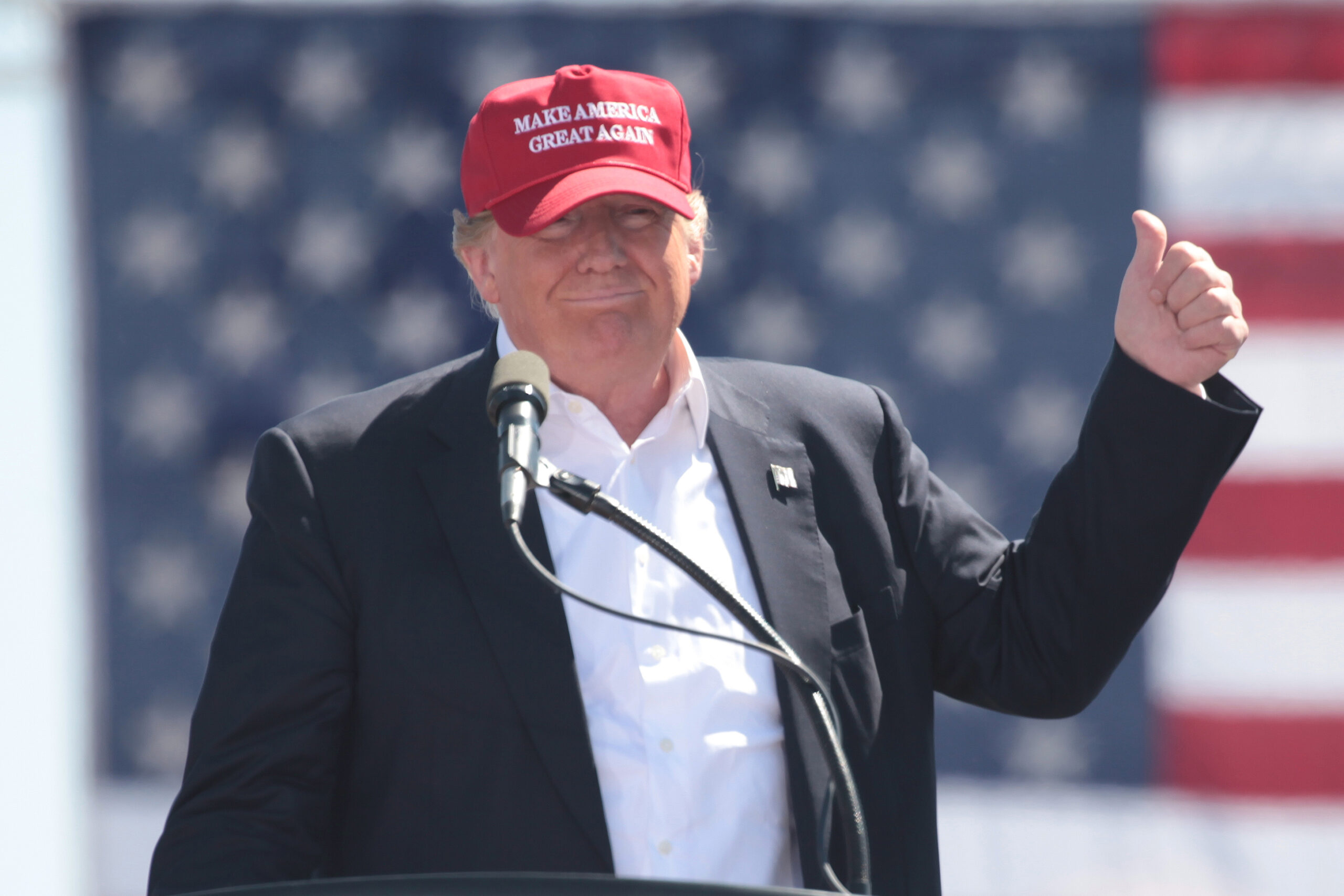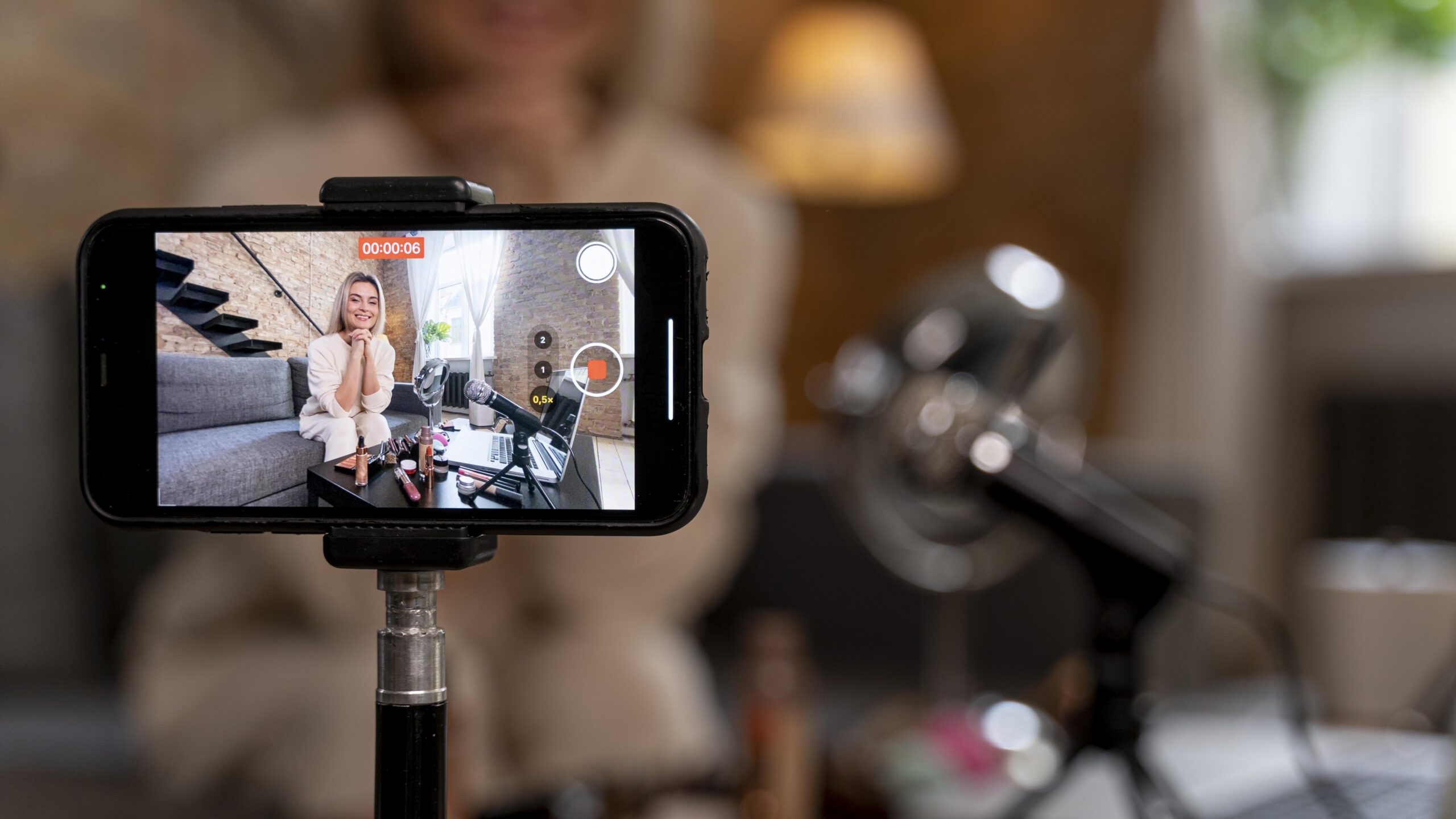Social media influencers are becoming the go-to source for news, according to a Pew Research Center report.
The study found that 21% of U.S. adults now rely on influencers for updates on current events, with 37% of adults aged 18–29 turning to these figures instead of traditional journalists. Influencers are defined as those with at least 100,000 followers on platforms like X (formerly Twitter), TikTok, Instagram, YouTube, or Facebook, and who regularly post about civic issues or current events.
Who Are These Influencers?
Pew’s findings highlight a shift in trust and accessibility. Seventy-seven percent of influencers are independent of traditional news organizations, operating without ties to established media outlets. This independence resonates with an audience increasingly skeptical of legacy journalism. A Gallup survey revealed that 70% of Americans hold unfavorable views of traditional media, with many seeking alternative sources that feel more direct and less corporate.
X is the most popular platform for news influencers, followed by Instagram, YouTube, and TikTok. While TikTok has a smaller share of the overall news landscape, it stands out for its diversity. Pew’s data shows a narrower gender gap on TikTok, with 50% of influencers identifying as men and 45% as women. It also hosts a higher proportion of LGBTQ+ voices, with 13% of its influencers identifying as LGBTQ+ or explicitly supporting LGBTQ+ rights.
Men dominate the influencer space across all platforms, making up 63% of news influencers, while women account for 30%. The remainder identify as nonbinary or do not disclose their gender. Politically, more influencers lean conservative (27%) than liberal (21%), though half avoid revealing any political orientation. Interestingly, this political split doesn’t significantly impact audience demographics. Among Americans who follow news influencers, 21% identify as Republicans, while 22% identify as Democrats, indicating a broad, cross-partisan appeal.
Why Do People Follow Influencers?
People follow influencers primarily for clarity on complex topics, according to the study. Sixty-five percent said they rely on influencers to better understand issues, while only 31% feel personally connected to the influencers themselves. This functional relationship underscores why influencers are gaining ground: they provide simplified, digestible content that resonates with audiences seeking straightforward answers.
The rise of influencers as news sources comes with challenges. Heading into the recent U.S. elections, 94% of Americans expressed concerns about misinformation on social media. This anxiety is fueled by reports of foreign influence campaigns and a lack of content moderation on popular platforms. While X remains the central hub for influencers, platforms like Threads, Bluesky, and Mastodon are attracting users looking for safer, more controlled environments.
As influencers take a larger role in shaping news consumption, traditional journalism faces new challenges. The media landscape continues to evolve, raising questions about credibility, accountability, and the long-term effects of these changes on public discourse.










